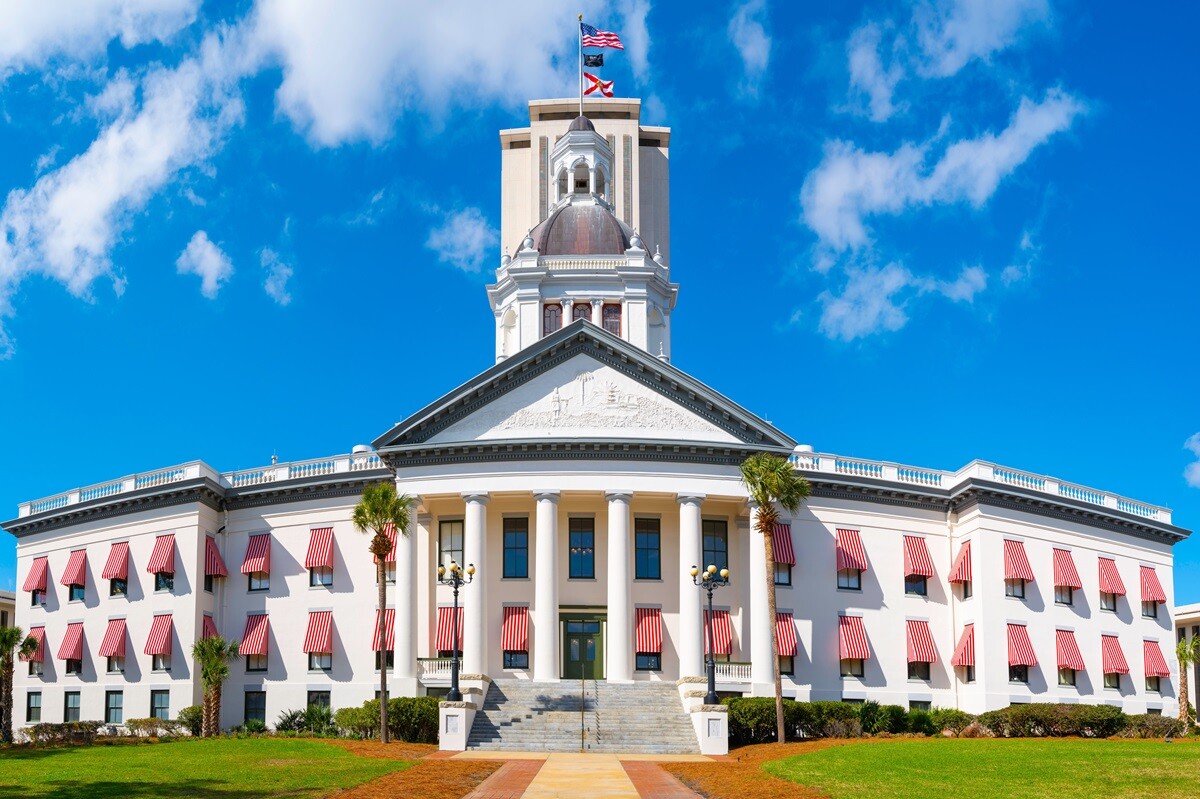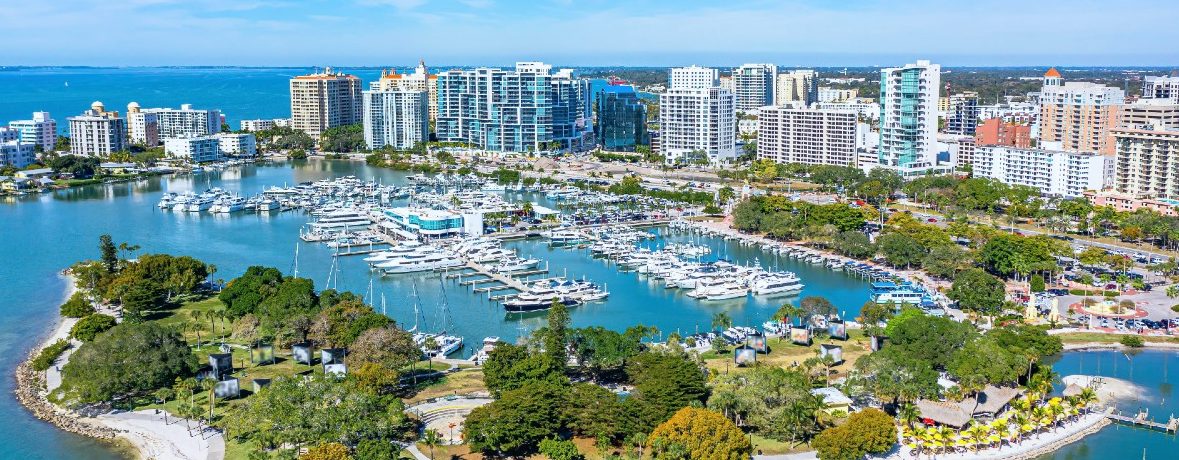Florida 2025 Condo Law: Funding Milestone Inspections & Reserves
June 24, 2025, marks four years since the tragic collapse of the Champlain Towers South in Surfside, Florida, a moment that shook the nation and brought long-overdue attention to condo safety.
In response, Florida’s condominium safety laws have undergone significant changes. New legislation, notably Senate Bill 4-D (2022) and its follow-up, SB 154 (2023), now imposes strict requirements for structural inspections and reserve funding. These laws take full effect heading into 2025, meaning condo associations must budget for mandated inspections and fully fund reserves for critical repairs to ensure the long-term safety of their communities.
In this blog, we’ll break down what these laws entail, the timelines for compliance, and how homeowner association (HOA) boards can financially prepare. We’ll also explore how modern tools like ManageCasa can help community associations meet these mandates with less hassle.
Overview of Florida’s New Condo Safety Legislation
In response to the Surfside condo collapse, Florida enacted sweeping condo safety legislation. SB 4-D, passed in 2022, and its 2023 “glitch bill” update, SB 154, introduced three core mandates for condos and co-ops three stories or higher: licensed structural inspections, transparent reporting/disclosure, and adequate reserve funding for repairs. Governor DeSantis signed SB 154 into law in June 2023 to refine and clarify the initial requirements.
Essential provisions effective by 2025 include:
- Mandatory Milestone Inspections: Periodic structural inspections by a Florida-licensed engineer or architect are required for older condo buildings (details below). These “milestone” inspections aim to catch structural deterioration before it becomes catastrophic.
- Structural Integrity Reserve Studies (SIRS): Associations must perform a reserve study focused on structural components every 10 years and use it as the basis for funding reserves.
- No More Waiving Critical Reserves: Condo boards can no longer let unit owners vote to waive or underfund reserves for notable structural items. After December 31, 2024, associations must fully fund reserves for structural components, eliminating a practice that previously allowed them to defer these costs.
- Enhanced Disclosures: Inspection reports and reserve study summaries must be shared with owners and filed with the authorities, ensuring transparency for current and prospective owners. Annual budgets adopted in 2025 must explicitly reflect the reserve funding recommended by the latest SIRS.
Florida’s Surfside-inspired laws now require condo associations to inspect aging buildings and fully fund future repairs—no longer optional, but legally mandated. Non-compliance can result in fines, occupancy restrictions, and even personal liability for board members.
This shift marks a significant change for many communities that historically prioritized low dues over long-term maintenance planning. With reserve waivers no longer allowed for structural components, associations must now face the financial realities head-on.
Did you know? Nearly 900,000 condo units in Florida are in buildings over 30 years old and subject to these mandates. Many associations are scrambling to raise funds, often through increased dues or one-time special assessments.
Central to these changes are two critical mandates: Milestone Inspections and Structural Integrity Reserve Studies (SIRS), each with strict timelines and financial implications. Let’s discuss them in the upcoming sections.
Milestone Inspections: What Are They and Who Needs Them?
A milestone inspection is a structural engineering inspection required once a condominium or cooperative building hits a certain age. Florida now mandates that any residential condo or co-op building that is three stories or higher undergo a milestone inspection at prescribed intervals.
Here’s an overview:
Initial Inspection Timing
When a building reaches 30 years of age, it must have its first milestone inspection completed by the end of that year. (Originally, buildings within 3 miles of the coast had a 25-year trigger, but SB 154 revised this to let local officials impose a 25-year requirement only if local conditions justify it. By default, 30 years is the benchmark statewide.)
Phase-In Deadlines
For older buildings, the law sets specific deadlines. If a building’s certificate of occupancy was issued on or before July 1, 1992 (meaning the building is at least 30 years old), its initial inspection is due by December 31, 2024. SB 154 provided some relief for buildings that are just reaching 30 years now—if a condo turns 30 between 2022 and 2024, the initial milestone inspection can be completed by December 31, 2025. In all cases, local authorities may grant a brief extension for good cause (e.g., if you’ve signed a contract with an engineer but need a bit more time).
Subsequent Inspections
After the initial milestone, inspections must be repeated every 10 years thereafter for the life of the building. This continuous cycle ensures ongoing monitoring of structural health.
Inspection Process
Milestone inspections have two phases. Phase 1 is a visual examination of the building’s structural components by a licensed architect or engineer. If no substantial structural deterioration is observed, the process ends there. However, if the Phase 1 report finds signs of significant issues, a more in-depth Phase 2 must be performed, which can involve invasive testing to assess the extent of the problems. The engineer must then recommend any necessary repairs or further monitoring.
Reporting
Upon completion of the inspection (Phase 1 or 2), a sealed report must be provided to the local building officials and the association. A summary of the findings and any recommendations must be distributed to all unit owners within 45 days and posted on the property. These reports also become part of the official records, accessible to buyers and residents, which increases transparency about the building’s condition.
The intent is to identify structural issues early.
If problems are found, the law compels timely action: further analysis and necessary repairs. Notably, if a milestone inspection finds that structural repairs are needed, the condo owners must fund those repairs; they cannot vote to waive the obligation or delay the work.
In extreme cases, if an association delays required fixes, local authorities can step in to declare the building unsafe for occupancy.
For board members, this means planning for milestone inspections. Do you know your building’s timeline: when it will reach 30 years, or when is your mandated deadline? Many Florida condos built in the 1980s and early 1990s are now up against their initial deadlines.
It’s recommended to budget for the inspection cost (which can range into the thousands of dollars) and hire a qualified engineer. Keep your owners informed about the process, since the law also requires giving owners advance notice when the association receives an official inspection notice from local authorities.
Moreover, using software like ManageCasa’s task reminders and document storage keeps every milestone on your radar so you never miss a critical date. This disciplined, transparent process maintains legal compliance, builds owner confidence, and shields everyone from last-minute financial shocks.
Naturally, the next step is to ensure you can afford whatever those inspections reveal. Here’s how the other bit of this bill works!
Structural Integrity Reserve Studies (SIRS): Ensuring Adequate Reserves
Beyond inspections, Florida’s condo law now forces associations to confront the financial reality of maintaining an aging building. Every affected condo or co-op must conduct a Structural Integrity Reserve Study (SIRS)—essentially a specialized reserve study that focuses on essential structural components and safety systems—and then fund the reserves accordingly.
What is a SIRS? It is a long-term capital reserve analysis of the condominium’s common elements, intended to determine how much money needs to be set aside for future major repairs or replacements. A SIRS includes:
- A visual inspection of the building’s critical components (performed by a licensed engineer or architect)
- An assessment of each component’s estimated remaining useful life and estimated replacement or repair cost.
- Components that must be covered include the roof, load-bearing walls or primary structural supports, foundation, fire protection systems, plumbing, electrical systems, any other item that could pose a safety risk, and any item with a replacement cost over $10,000.
- The output is a recommended reserve funding plan; essentially, how much the association should reserve each year so that when these big-ticket items reach the end of their life, the funds are available to repair or replace them.
Who Must Complete a SIRS (and When)
Who must comply? All condominium or cooperative buildings that are three stories or higher.
Deadlines
- In service on or before July 1, 2022: Complete the first Structural Integrity Reserve Study (SIRS) by December 31, 2024.
- Buildings whose milestone inspection is due by 2026: You may align the SIRS with that inspection, but no later than December 31, 2026.
No More Waiving Reserves
- Effective Jan 1, 2025, associations must fully fund reserves based on their SIRS recommendations.
- Waiver bans apply to buildings with 3 or more stories — owners can no longer vote to reduce or skip these contributions.
- Exemption: Buildings under three stories or less may still vote to waive reserves in some cases.
Budgeting Implications
- Budgets must allocate 100% of projected costs for structural repairs (e.g., $500,000 over 10 years = approximately $50,000 per year).
- Partial funding isn’t allowed. This avoids risks like the Surfside collapse, where reserves were just 7% funded.
- Boards that fail to comply may be in breach of their fiduciary duty.
Planning Ahead
- Treat your SIRS as a financial blueprint.
- Consider gradually increasing assessments to avoid sudden hikes.
Pro Tip: Use your completed SIRS as a financial roadmap. Most associations will need to boost reserves, so consider working with a reserve specialist to plan gradual fee increases. Tools like ManageCasa simplify this by projecting long-term funding needs and helping you build multi-year budgets, including for future assessments.
With your reserve targets clear, the next step is execution. Turning those insights into action means reworking your financial plans, aligning your budget with legal mandates, and preparing for unexpected shortfalls.
The following section will help you understand how your HOA can get financially ready to meet the new requirements!
Financial Preparation: Budgeting, Reserve Funding & Special Assessments

Complying with these safety mandates will require careful financial planning from homeowners' associations (HOAs). Board members and community managers should take proactive steps to ensure the association can fund all the necessary inspections, studies, and repairs.
Here’s how your HOA can prepare:
1. Revisit and Revise Your Budget
As you prepare your 2025 budget, include new line items for milestone inspection costs and increased reserve contributions as outlined in your SIRS. Florida law now requires reserve figures to reflect actual needs, not estimates or waived amounts.
If your current budget doesn’t meet the mandate, you must raise dues or plan a special assessment. To make informed decisions, model different scenarios to understand how fee changes affect your reserve funding over time.
2. Ensure Your Reserve Study Is Up to Date
If your Structural Integrity Reserve Study (SIRS) isn’t completed, prioritize it. The SIRS identifies what components need future funding, estimated timelines, and repair costs, giving you a financial roadmap. Many associations discover they are severely underfunded, so early awareness allows time to correct course. Starting contributions now can help soften the impact of larger future expenses.
Consider having a professional present the study findings to the board and residents to build trust and explain any budget changes. The more clarity you provide, the easier it becomes to take necessary action.
3. Communicate Early and Often with Owners
Owners must be informed about rising costs and new legal obligations—surprises lead to resistance. Explain clearly that these inspections and reserves are state-mandated for safety, not optional, and show how the association responds. Share highlights from your milestone inspections and SIRS to demonstrate the need for financial action.
ManageCasa simplifies this process with automated email and print communications, using templates that keep messaging clear and consistent. The platform’s RealMail™ feature ensures even hard-copy notices are delivered on time, helping you comply with legal notice requirements. Open, timely communication builds owner buy-in for required fee increases or special assessments.
4. Plan for Special Assessments (If Needed)
When reserves fall short, a special assessment may be necessary to cover urgent repairs or meet funding obligations. This one-time fee is distributed across unit owners, and Florida law requires clear advance notice and, in some cases, formal approval procedures. Be sure to follow your governing documents and legal guidance to avoid disputes. To ease financial strain, consider payment plans or installment options if allowed.
5. Explore Financing and Other Funding Strategies
Special assessments aren’t the only path—many associations turn to bank loans or credit lines to finance extensive repairs, then repay the debt over time. This spreads the financial impact but also adds interest costs, so assessing feasibility based on your HOA’s economic health is essential. Other options include reallocating funds from non-essential expenses or tapping into available surpluses. The key is to develop a comprehensive funding plan that balances owner affordability with compliance. Combining modest annual increases with strategic assessments or financing can help reduce shock and maintain trust. Every HOA’s situation is different; planning proactively is your best safeguard.
By planning and communicating clearly, HOA boards can confidently navigate the 2025 condo law changes. While rising fees and special assessments may be tough, a proactive financial strategy beats crisis management and keeps communities safe and compliant.
To make that strategy easier to execute, the right tools matter. ManageCasa simplifies compliance by helping HOAs manage budgets, track inspections, and communicate with owners from one platform.
How ManageCasa Eases Compliance with New Laws
Here are some ways ManageCasa’s features can alleviate the pain points of Florida’s 2025 condo law compliance:
- Long-Term Budgeting & Reserve Planning: Create multi-year budgets aligned with your SIRS using auto-filled templates and funding projections. Track annual increases and generate reports to plan reserve contributions with precision.
- Special Assessment Workflows: Easily calculate and assign each owner's share of special assessments. Set up one-time or installment payments, track funds separately, and streamline the entire process—no spreadsheets needed.
- Automated Owner Communication: Send inspection notices, budget updates, and assessment alerts in just a few clicks. Use pre-built templates to stay compliant and keep owners informed with consistent messaging.
- Document Management & Compliance Tracking: Store and share all key documents in one secure place. Set reminders for inspections, SIRS, and deadlines to keep your board on track.
- Fiduciary & Transparency Support: Generate real-time financial reports, track reserve balances, and stay audit-ready. Meet legal standards with clean records and demonstrate sound board governance with ease.
ManageCasa ties it all together. From budgeting and assessments to communication and compliance, it serves as a digital backbone for condo operations, eliminating the need for scattered tools and manual tracking. With everything in one place, boards can easily stay organized, meet legal requirements, and build owner trust.
Want to see it in action? Meet us at CAI 2025.
Explore the Future of HOA Management – Live at CAI 2025
As community association leaders, staying educated and equipped is your best strategy for success. The 2025 CAI Annual Conference & Expo (CommunityNOW) in Orlando this May is the perfect opportunity to explore these topics further and discover solutions.
ManageCasa will be at the conference, and we warmly invite you to visit our booth for a hands-on demonstration of how our platform can help your association navigate Florida’s new condo laws (and make overall HOA management more efficient).
Ask our team how our platform can tailor long-term budget reports for your board, or see how easily you can send a RealMail™ letter to all owners with a few clicks. We’re confident you’ll come away with ideas to save time, money, and headaches in managing your community.
Can’t make it to Orlando? No problem. You can schedule a demo with ManageCasa online. Our experts will guide you through features relevant to condo safety compliance, from setting up a reserve fund tracker to automating essential owner communications!
Take Action Now: Florida’s 2025 condo safety requirements don’t have to be a burden. With the proper planning and tools, you can make compliance effortless.
Visit ManageCasa at CAI 2025 or schedule a FREE DEMO today!



